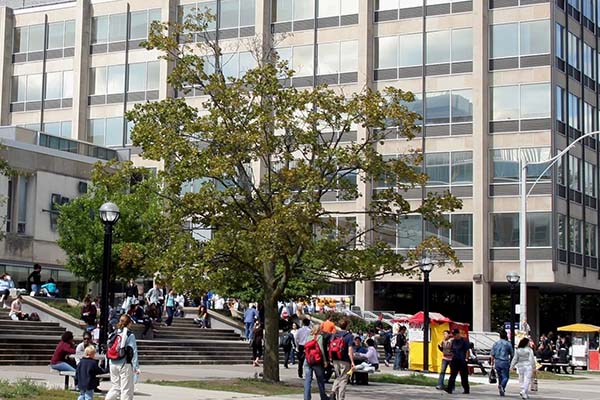A Climate Action Plan or CAP is a comprehensive framework used by a government or organization to measure, plan, and reduce greenhouse gas (GHG) emissions. Climate Action Plans are a useful and popular tool used at all levels of governments and institutions, including states, counties, cities, and universities which means there are sometimes nested or overlapping Climate Action Plans to cover the same population or geographic area. Such instances are not necessarily a concern for redundancy and are an excellent opportunity for collaboration at different levels of society.
Climate change is, of course, a global issue, extending over all jurisdictional and geographic boundaries. By partnering throughout the climate action planning process, different levels of government can improve the efficiency and effectiveness of their respective climate actions. The focus of this article is on the synergistic opportunities for overlapping CAPs, not on networks like ICLIE or the Global Covenant of Mayors, which encourage collaboration on a larger scale. There are a host of benefits available when Climate Action Plans cover the same area. Let’s look at these benefits by examining two real-world success stories of Climate Action Plan collaboration.
King County City Collaborative
The King County City Collaborative (K4C) is a partnership between King County and seventeen cities in Washington State to enhance the effectiveness of their emission reduction and sustainability actions. Partner governments agree to dedicate staff and funding towards local and regional climate goals. One of the significant benefits of this partnership has been expanded outreach possibilities. When King County inventories its total emissions and sets a greenhouse gas reduction goal, only a small percentage of those emissions are under direct county control. Climate Action Plans hinge on engaging the community to make changes that lead to emissions reductions. The seventeen partner cities and King County provide consistent and coordinated messaging and tools, which makes their outreach efforts more efficient and more impactful.
Another complementary effect of the K4C is improved opportunities for funding, the crux of any government plan. The funding requirement for joining the K4C is tiered based on the population size of the city, so even the smallest towns in the county can join. Pooling funding allows for programs and events that many of the member cities could not have funded individually. Besides pooled funding, the cities and the county also combine their efforts to secure more grant funding.
City of Charlottesville, Albemarle County, and the University of Virginia
The City of Charlottesville, Albemarle County, and the University of Virginia (UVa) have collaborated on climate action for a decade. In 2009, the city and county initiated a Local Climate Action Planning Process (LCAPP), which brought together 50 local representatives to examine the best climate practices being used by all three entities. The city, county, and UVa have all committed to new greenhouse gas reduction goals, and though each uses a different baseline, they continue to link their planning efforts.
One of the most significant benefits of the collaboration is sharing relevant, local examples of climate action strategies that have been proven to work. The final report from the LCAPP did an excellent job highlighting programs that had been successful at one scale and could be adapted by the other. Specific climate action strategies have a much stronger impact when they are implemented across a larger area and across agency boundaries. For example, the City of Charlottesville encouraged non-motorized transportation by improving bicycle infrastructure that is connected to both UVa and county land. To bolster even more bike traffic, UVa and the county can continue to expand the bike path network to additional destinations in their jurisdictions.
Another mutual benefit for cities or counties that partner with a university on climate action planning is the added research capacity. Public research institutions like the University of Virginia can explore innovative GHG reduction strategies that can then be piloted or implemented by partner governments if proven to be beneficial. For example, UVa’s RideForward program investigated how conventional vehicles could be converted to an electric drive. Several of these vehicles are now used by the university and the county government.
All sizes of governments or organizations working on a Climate Action Plan should explore which other local and regional partners may be working towards similar goals. With stronger outreach, better funding, and an expanded climate action playbook, collaborative Climate Action Plans are greater than the sum of their parts.


